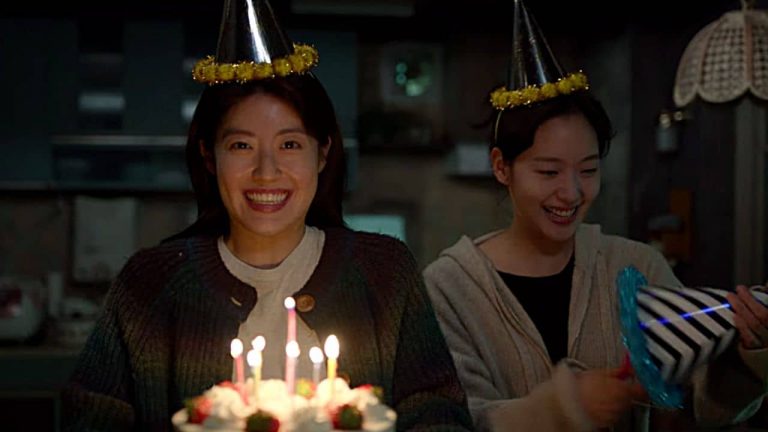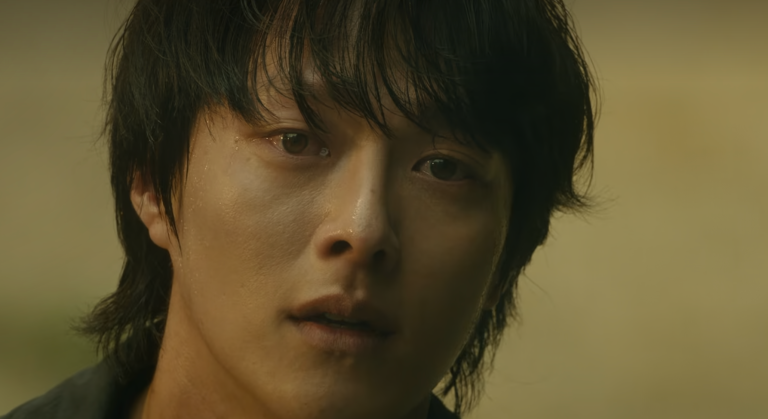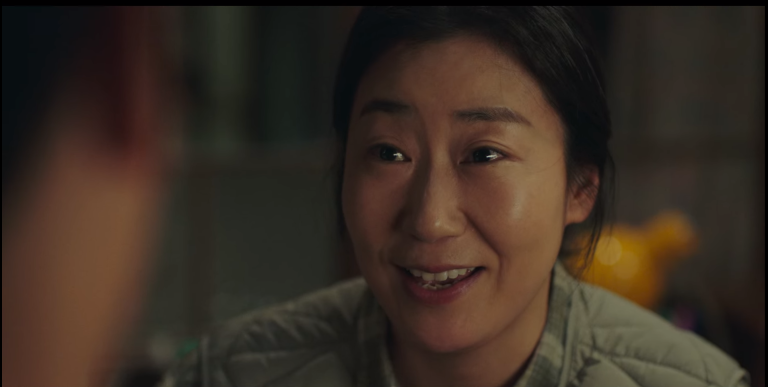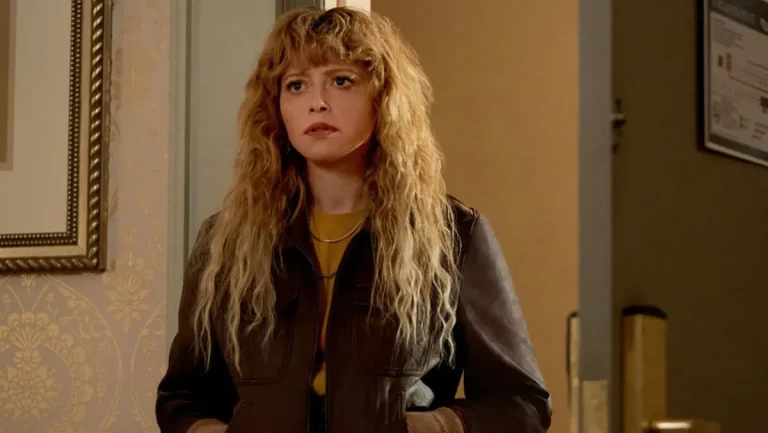Movies have always been a blend of art and technology, but The Electric State, a highly anticipated Netflix film starring Millie Bobby Brown and Chris Pratt, takes this fusion to a whole new level. The film, based on Simon Stålenhag’s graphic novel, features a character named Cosmo—a small, childlike robot with a painted-on face that never moves. Bringing Cosmo to life was a challenge that required a perfect balance of acting, motion capture, and cutting-edge visual effects. Let’s take a look at how actors and technology joined forces to make this movie a reality.
Acting Beyond the Norm: Devon Dalton as Cosmo
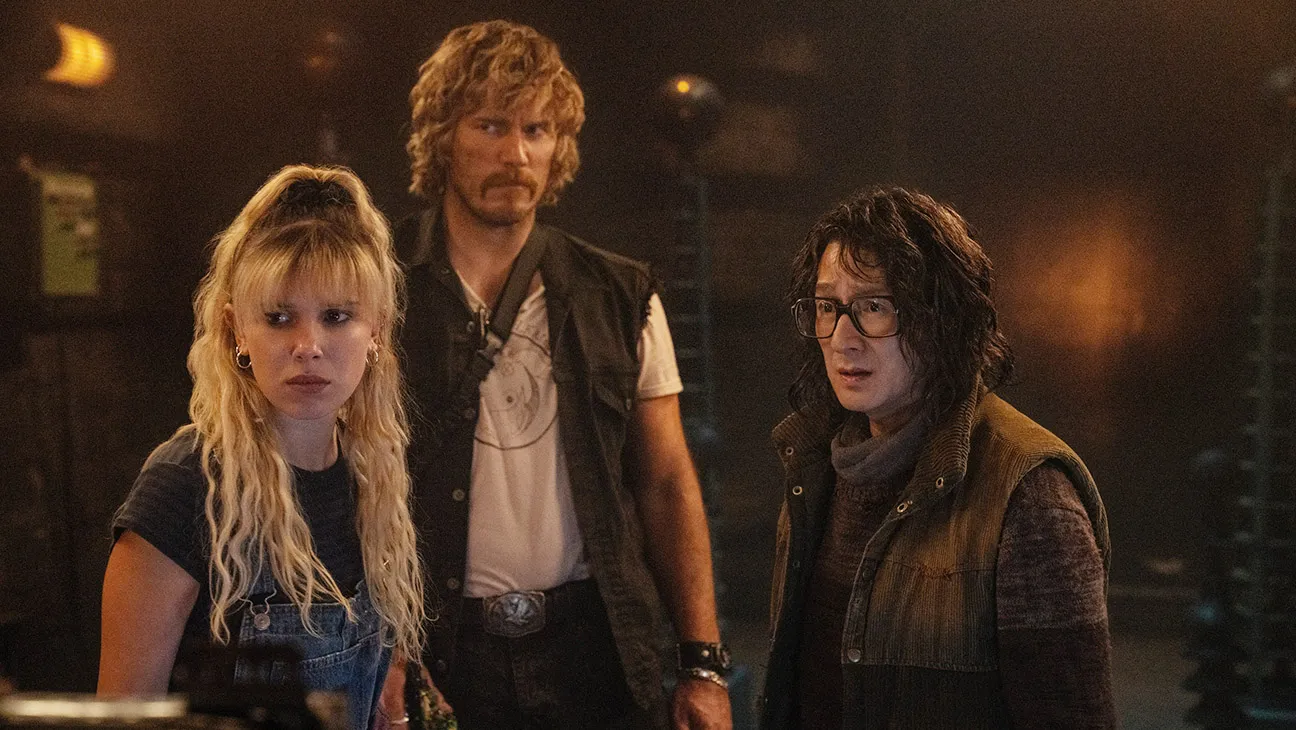
Devon Dalton, who plays Cosmo, had to rethink traditional acting techniques for this role. Unlike most motion capture performances, where actors exaggerate their movements for better digital translation, Cosmo’s character demanded the opposite. Dalton had to strip away unnecessary gestures, focusing on pure, subtle body language to convey emotion.
Interestingly, Cosmo’s character is designed to resemble a child, with a slightly bobblehead-like structure and playful, floppy movements. To capture this, the production team built a full-sized model of Cosmo on set for reference. Dalton’s co-star Deon was instrumental in helping him react naturally to scenes, making the robot feel more human despite its static facial expression.
Must Read – The Electric State (2025) Movie Review: A $320 Million Monument To Its Own Malignant Mediocrity
The Magic of a Motionless Face
One of the boldest creative decisions made during production was to keep Cosmo’s face completely static. Initially, the filmmakers considered adding animated expressions, but after an early visual effects test, they realized something remarkable: the lack of movement made Cosmo even more expressive.
Why? Because the human brain fills in the gaps. Similar to how the Mona Lisa seems to change her expression depending on the viewer’s perspective, Cosmo’s unchanging smile can look happy, sad, or even eerie based on the context of the scene. This simple yet powerful trick made the character even more compelling on screen.
Merging Motion Capture and Cutting-Edge Tech
To ensure seamless integration of live-action and CGI, the team used an advanced motion capture system based on accelerometers rather than traditional optical tracking. This method allowed for more fluid and natural movements, ensuring that Cosmo felt like a real presence on screen.
Actors on set had to perform scenes both with and without their motion-capture counterparts. This dual approach allowed the editors and visual effects artists to fine-tune performances later, making adjustments to body language and movement without requiring extensive reshoots. This flexibility helped actors like Chris Pratt and Millie Bobby Brown interact convincingly with Cosmo, even when the robot wasn’t physically there.
Blending Practical Effects and CGI
One of the biggest challenges in modern filmmaking is making CGI characters feel real. For The Electric State, the team followed a principle often overlooked in visual effects: instead of “painting out” unwanted elements, they focused on “painting in” missing details to seamlessly blend CGI into real-world environments.
For example, since Cosmo has a hollow chest in some scenes, visual effects artists had to ensure the background was visible through it. This required precise lighting and texture mapping to match the live-action footage perfectly. Such attention to detail makes all the difference in creating a believable on-screen world.
The Nostalgic Touch: Chris Pratt and Millie Bobby Brown’s On-Set Fun
While Cosmo and the film’s futuristic themes are groundbreaking, The Electric State is also deeply nostalgic. On set, Chris Pratt and Millie Bobby Brown shared lighthearted moments exploring props from the ’80s and ’90s, many of which Pratt fondly remembered from his childhood. Brown, on the other hand, found them amusingly outdated, highlighting a generational gap that added to the fun behind the scenes.
One of the most surprising facts? At one point, Beanie Babies were so valuable that a Princess Diana edition sold for thousands of dollars! This fun nostalgia factor adds another layer of charm to the Netflix movie, connecting past and future in a unique way.
The Future of Acting and Technology
The making of The Electric State proves that the line between acting and technology is becoming increasingly blurred. With motion capture, AI-driven animation, and advanced visual effects, actors now have to adapt to new storytelling tools. The film’s success in bringing Cosmo to life without relying on traditional facial animation is a testament to the power of human performance combined with cutting-edge tech.
As filmmaking evolves, we can expect even more seamless interactions between actors and digital characters. One thing is clear: the future of cinema is not just about technology; it’s about how technology enhances human storytelling. The Electric State is a perfect example of this magic at work.
Source: Netflix Tudum




